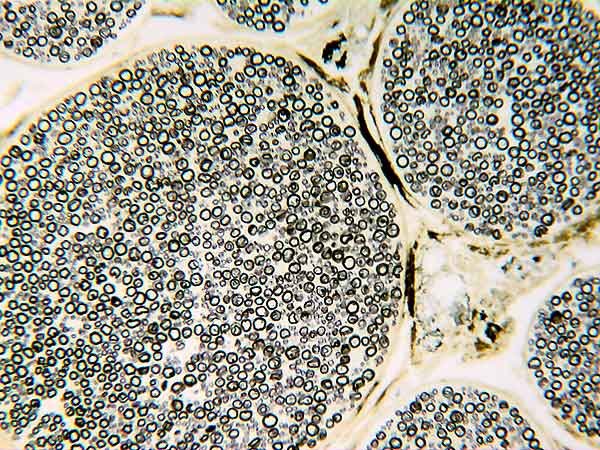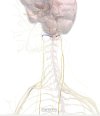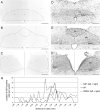Psyche said:There was an interview with Stephen Porges about The Polyvagal Theory for Treating Trauma, it includes stuff from the book and it is very interesting. It is available here:
http://stephenporges.com/images/stephen%20porges%20interview%20nicabm.pdf
Thanks for the link to the interview!
I read it immediately as I haven't gotten through the full Polyvagal Theory text yet - I found this interview useful and informative. A very suitable read while in the midst of the fairly heavy book.
Interesting what is mentioned on the topic of listening: possibly middle ear muscle transfer function, or just that ability to pick out human voice among background noise, could be improved by the EE program. Also the audio in the EE program (Laura's voice) is prosodic. Her voice likely triggers what Porges calls "neuroceptive" circuits that help the listener feel safe. (Neuroception has nothing to do with perception but it basically just means detecting without awareness).The point is that sounds, the audio, changes our physiological state involuntarily, and add to this pipe breathing and positive affirmations (meditation seed) and we have a very powerful technique with EE - a technique fully substantiated and backed up by the interdisciplinary science of the Polyvagal Theory.
I am searching for gems that clearly link polyvagal theory and the EE program and it looks all interrelated. For example, I am wondering about other ways EE affects the regulation of the social engagement system which Porges speaks about.





